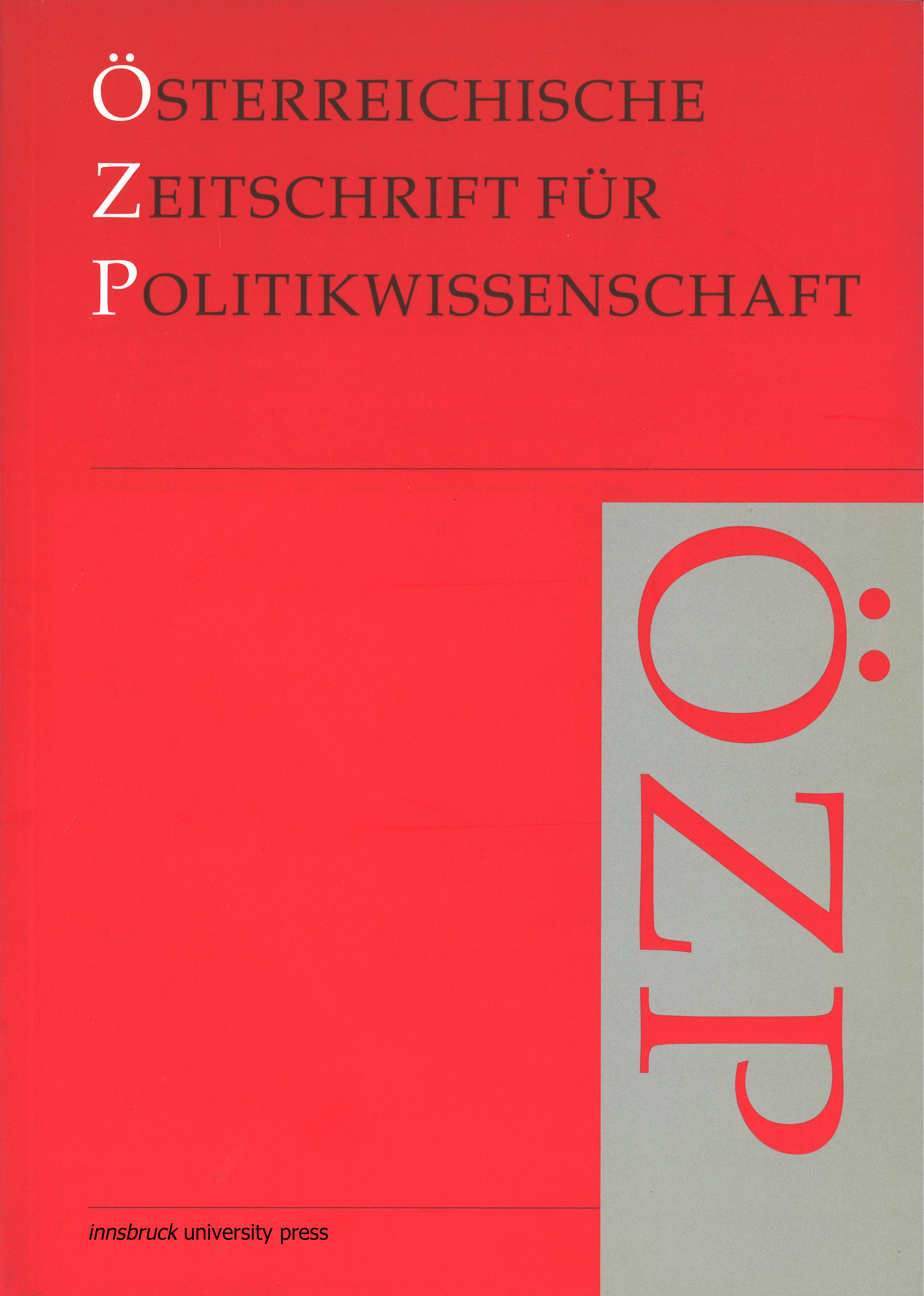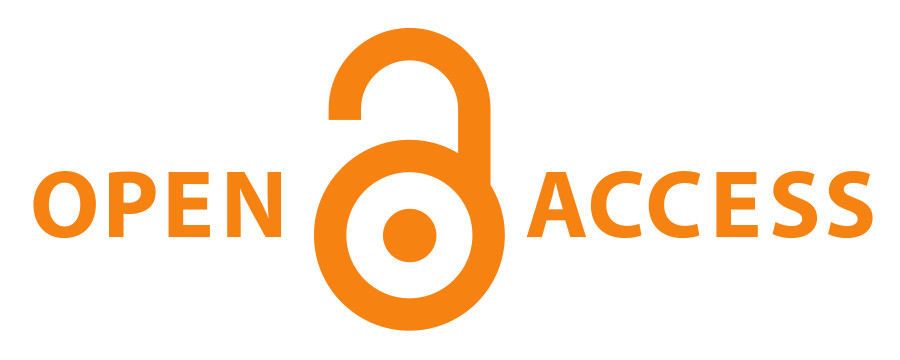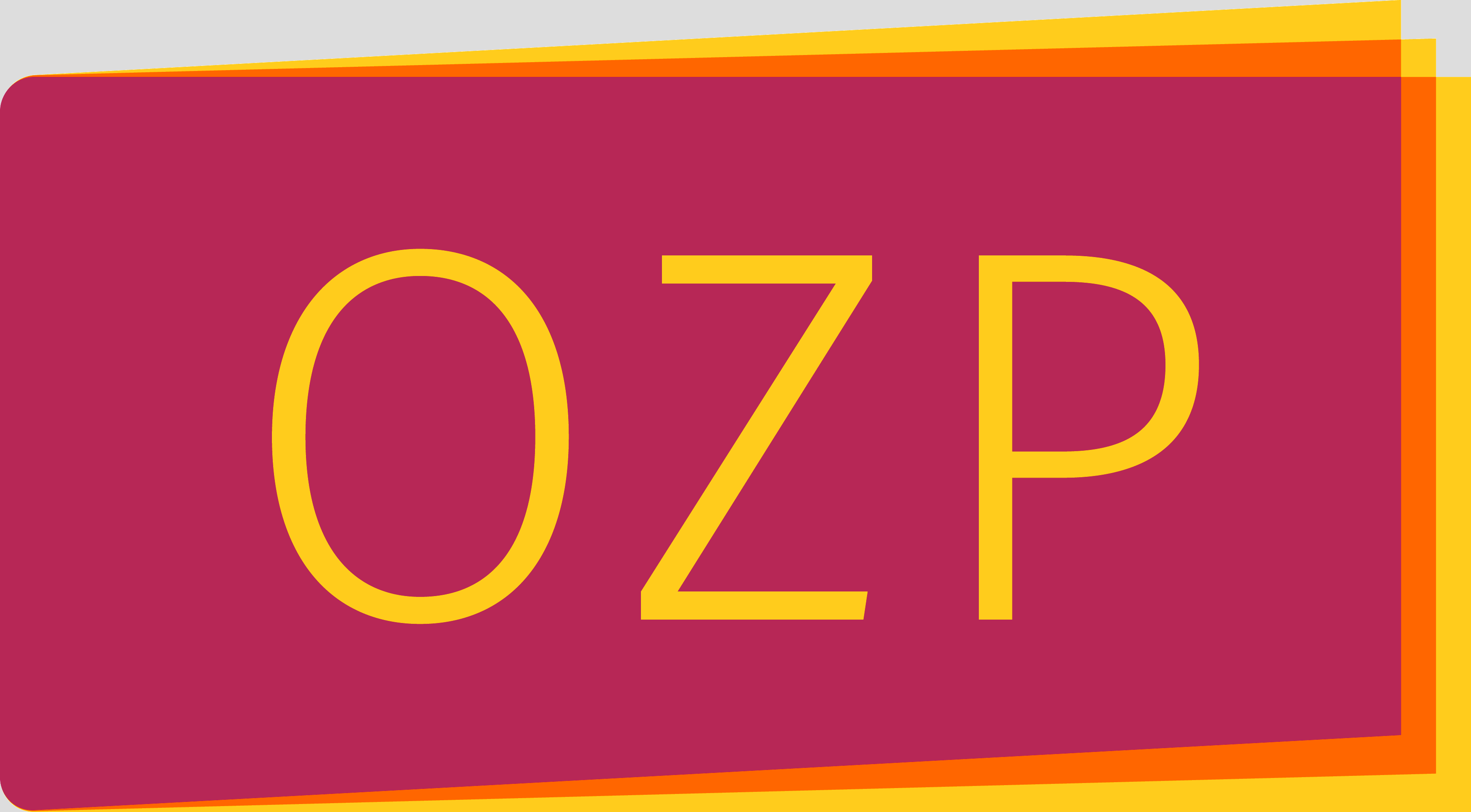Russland und die EU-25 nach der Erweiterung
DOI:
https://doi.org/10.15203/ozp.863.vol35iss2Schlagwörter:
Asymmetrien, Interessen und Werte, Gemeinsame Europäische Räume, Integrationskonflikt um die Zwischenzone, ein neuer PartnerschaftsvertragAbstract
Russland und die EU verzeichnen eine Vielzahl gemeinsamer Interessen. Dazu gehören: die wirtschaftliche Zusammenarbeit mit Schwerpunkt Energiedialog, die friedliche Gestaltung Gesamteuropas, die wechselseitigen Beziehungen in den Bereichen Forschung, Bildung und Kultur sowie die Intensivierung der menschlichen Kontakte. Dass sich die anfänglich hochgesteckten Erwartungen nur unzureichend erfüllten und phasenweise von Krisen überlagert wurden, hat seinen Grund insbesondere in objektiven und subjektiven Asymmetrien zwischen den Partnern, in der unterschiedlichen Interpretation der Geltung von Werten für die Partnerschaft, in der Einflusskonkurrenz über die „Zwischenzone“ Ukraine, Belarus und Moldau sowie in russischen Befürchtungen vor einer Verhärtung der EU-Politik als Folge des EU-Beitritts „russophober“ Länder Ostmitteleuropas. Die vier praxisorientierten Wegekarten zur Konkretisierung der anvisierten Gemeinsamen Gesamteuropäischen Räume bieten die Chance, im Rahmen einer Neufassung des 2007 auslaufenden Partnerschafts- und Kooperationsabkommens die EU-Russland-Beziehungen zu verdichten. Um dem Vertragswerk Dauer und Nachhaltigkeit zu verleihen, dürfe darin allerdings nach Ansicht der Europäer der Bezug auf die im PKA und in den Gipfelerklärungen genannten gemeinsamen Werte nicht fehlen. Angesichts wachsender autoritärer Tendenzen im „System Putin“ empfiehlt sich ein konstruktiv-kritischer Ansatz der EU gegenüber Russland.Downloads
Ausgabe
Rubrik
Lizenz
The OZP is the authorized publication of the Österreichische Gesellschaft für Politikwissenschaft (ÖGPW, Austrian Political Science Association)
The author of an article (in case of multiple authors: the corresponding author, responsible for releasing this material on behalf of any and all co-authors) accepted to be published in the OZP hereby acknowledges the following Copyright Notice:
- The author retains the copyright to the article.
- It is the responsibility of the author, not of the OZP, to obtain permission to use any previously published and/or copyrighted material.
- Publication of a submitted text is dependent on positive results from the peer reviewing. In such a case, the OZP editors have the right to publish the text.
- In case of publication, the article will be assigned a DOI (digital object identifier) number.
- The author agrees to abide by an open access Creative Commons Attribution (CC BY-SA) license. The license permits any user to download, print out, extract, reuse, archive, and distribute the article under the same license, as long as appropriate credit is given to the author and source.
- The license ensures that the author’s article will be available as widely as possible and that the article can be included in any scientific archive. In order to facilitate distribution, the author agrees that the article, once published, will be submitted to various abstracting, indexing and archiving services as selected by the OZP.
- In addition, the author is encouraged to self-archive the article, once published, with reference to the place of the first publication.
- After the contribution appears in the OZP, it is still possible to publish it elsewhere with reference to the place of the first publication.
- The finished article, if published, will include a correspondence address (both postal and email) of the author.
- If written under the auspices of a grant from one or more funding agencies, such as FWF (Austrian Science Fund), ERC (European Research Council), and Horizon 2020 (EU Framework Programme), an article accepted for publication has to be deposited in an Open Access archive. The OZP’s archiving policy is compliant with these provisions. (In case the article derives on funding from a different source, the author is responsible to check compliance of provisions.)




